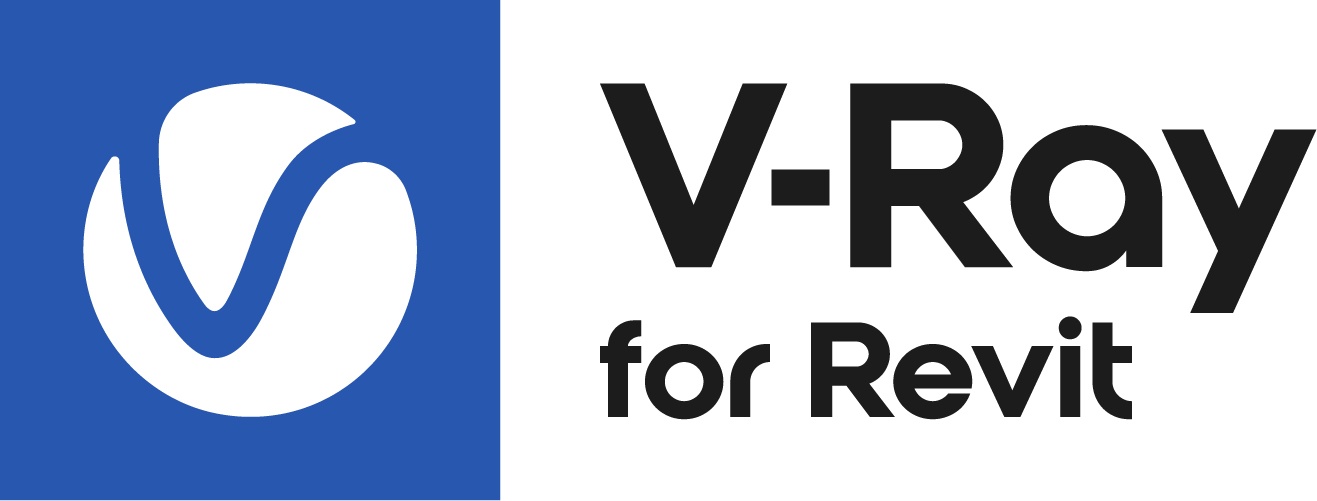This page provides information on V-Ray Proxy Mesh objects.
Overview
V-Ray Proxy Mesh allows geometry to be imported from an external mesh at render time only. The geometry is not present in the Revit scene and does not take any resources. This allows the rendering of scenes with many millions of triangles - more than Revit itself can handle.
UI Path
||V-Ray Asset Editor|| > Create Asset > Geometries > Proxy Mesh
||V-Ray Asset Editor|| > Geometries > Proxy Mesh
||Appearance Manager|| > Objects Tab > V-Ray icon menu > Proxy Mesh
V-Ray Proxy Mesh Workflow
V-Ray Proxy Meshes can be imported from two places in the Asset Editor: the Create Asset button and the Geometry category icon (top). Importing a V-Ray Proxy Mesh, however, doesn't add it to the Revit model and respectively to the V-Ray rendering yet. The V-Ray Proxy Mesh then must be assigned to a selected object from the Object Tab in the Appearance Manager.
You can import a .vrmesh or an .abc file from your computer. Once the file is loaded into the scene, you will need to re-apply materials through the Materials rollout.
The .vrmesh File Format
The .vrmesh file is a special file format that stores Meshes. It contains all geometric information for a mesh - vertices and face topology as well as texture channels, face material IDs, smoothing groups, normals - in short, everything that is needed to render the mesh. In addition, the mesh is pre-processed and subdivided into chunks for easier access. The file also contains a simplified version of the mesh used for preview purposes in the viewports.
It is important to realize that the mesh is in a "ready to render" format. No further modifications to the mesh are expected. Modifiers cannot be applied to the mesh, and it cannot be animated it in any way except for the proxy object's position/orientation.
Parameters
File – Specifies the proxy file.
Use Mtl Override – When disabled, the built-in material slots are not overridden by the Material Override option in Render Settings.
Materials
Materials – When enabled, ignores any material assignment to the proxy object and instead forces the proxy to be rendered using the colors or materials specified in this list.
When a proxy asset is saved as a .vrmat file, both its source file (.vrmesh or .abc) and its referenced material asset files (texture maps) are saved along in a subfolder called Maps.
Animation
Enabled () – Turns the Animation on and off.
Offset – Offsets the beginning of the animation by the given number of frames. You can use positive as well as negative values here. The default value of 0.0 starts the animation at the first available frame.
Playback Type – Determines how playback will behave.
Loop – The animation plays to the end and loops back to the first frame once it has finished.
Once – The animation plays once.
Ping-pong– The animation is looped by playing it backwards once the last frame has been reached and then playing it forward again when the first frame is reached again.
Playback Speed – A multiplier for the speed of the animation. A value of 1.0 plays the animation at normal speed, while 2.0 plays it at double speed and 0.5 plays it at half speed. Putting negative numbers here will make the animation play backwards. This option may not work very well for sequences of .vrmesh files.

